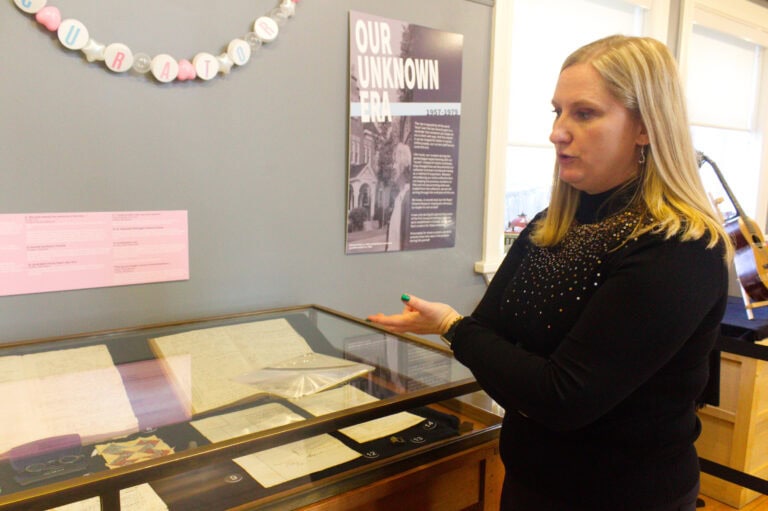It’s been 12 years since the emerald ash borer, a beetle native to Asia, was first detected in the Niagara region. Now, the glaring damage of this invasive species is evident in local woodlands, where ash populations have been devastated.
Unwelcome Hitchhiker: The emerald ash borer was likely introduced by shipping infested wooden pallets or crates. It has since spread to five Canadian provinces and 30 American states, and become the most costly forest insect invader in North America.
The intrusion has shaken the ecological, economic and aesthetic value of our ash trees. As more trees are lost to the ash borer, so too are their benefits to cool urban environments, take up storm water and reduce airborne pollutants.
Unfortunately, once the beetle spreads to an area, it can kill up to 99 per cent of ash trees within 10 years. With no natural predators in North America, the ash borer's populations can grow unchecked.
For residents of Niagara and other areas with the emerald ash borer, it’s crucial that no ash wood be transported to other regions. Taking firewood up north for camping, for example, could result in a fine or prosecution.
Niagara-on-the-Lake already has the most sparse tree cover in the region: a mere 10 per cent. According to Environment Canada, a minimum of 30 per cent canopy is necessary to support local wildlife and maintain essential ecosystem services.
Many dead ash that have been left standing are starting to topple. Often, the large trunks also take down healthy species as they fall.
Digging In: Ash borer larvae feed on the layer of wood just below the bark and create tunnels that disrupt the tree’s ability to transport nutrients and water. When they emerge, they leave distinct D-shaped exit holes, about three to four millimetres wide.
Infestation begins in the canopy and moves downward, so holes are found lower and lower on the tree trunk as health worsens. Splits occur in the bark, woodpecker activity increases and bursts of new leaf growth or small branches appear near the base of infested trees.
Fallen wood and decreased shade from the canopy alter delicate conditions on the forest floor and decreasing ash populations threaten the survival of over 40 native insect species that feed on ash.
Bug Off: The impact of this iridescent green beetle is extensive and very few local ash trees remain unscathed. At this point, we can only really make sure that the brittle trunks are felled safely and don’t obstruct waterways.
For areas not yet affected by the ash borer, new Canadian innovations hold some hope for protecting ash trees. Researchers in Fredericton have developed traps containing emerald ash borer pheromones, which allow early detection of infestations.
An injectable insecticide, TreeAzin, is derived from neem oil and limits the beetle's damage if applied early enough. Another long-term project of the Canadian Forest Service is the periodic release of parasitic wasps, which are a natural ash borer enemy from China.
The Canadian Forest Service also maintains a collection of ash seeds, so populations can be replanted after infestations are quashed.
While some of NOTL’s ash trees may be too far gone, continued efforts will control beetle damage in other regions and limit losses in the next lifecycle of ash trees.
Kyra Simone is a NOTL-born nature lover with a master's degree in biology. In her spare time, she advocates for sustainable change, picks up garbage, makes recycled jewelry, and transforms furniture bound for the landfill.











